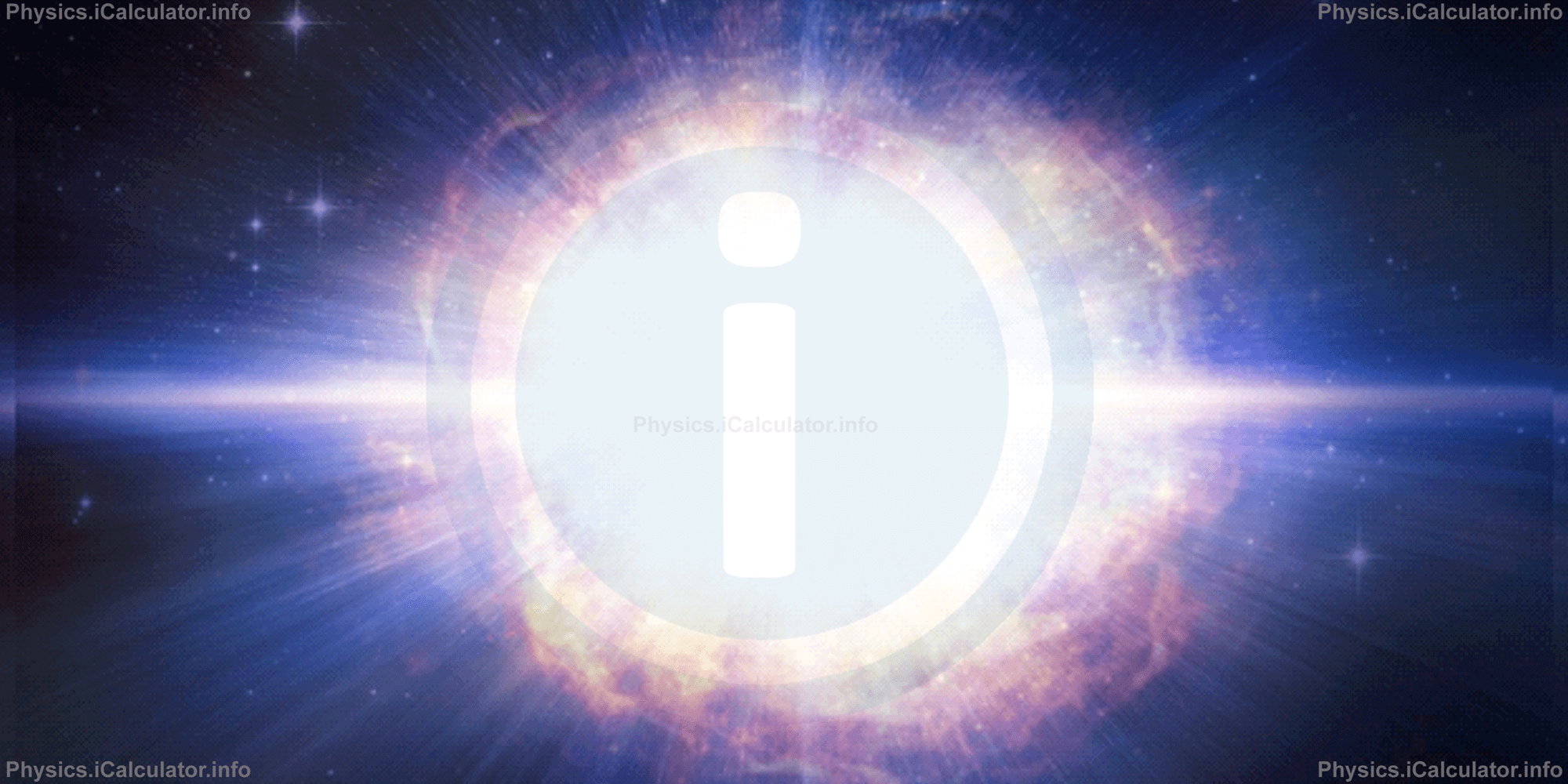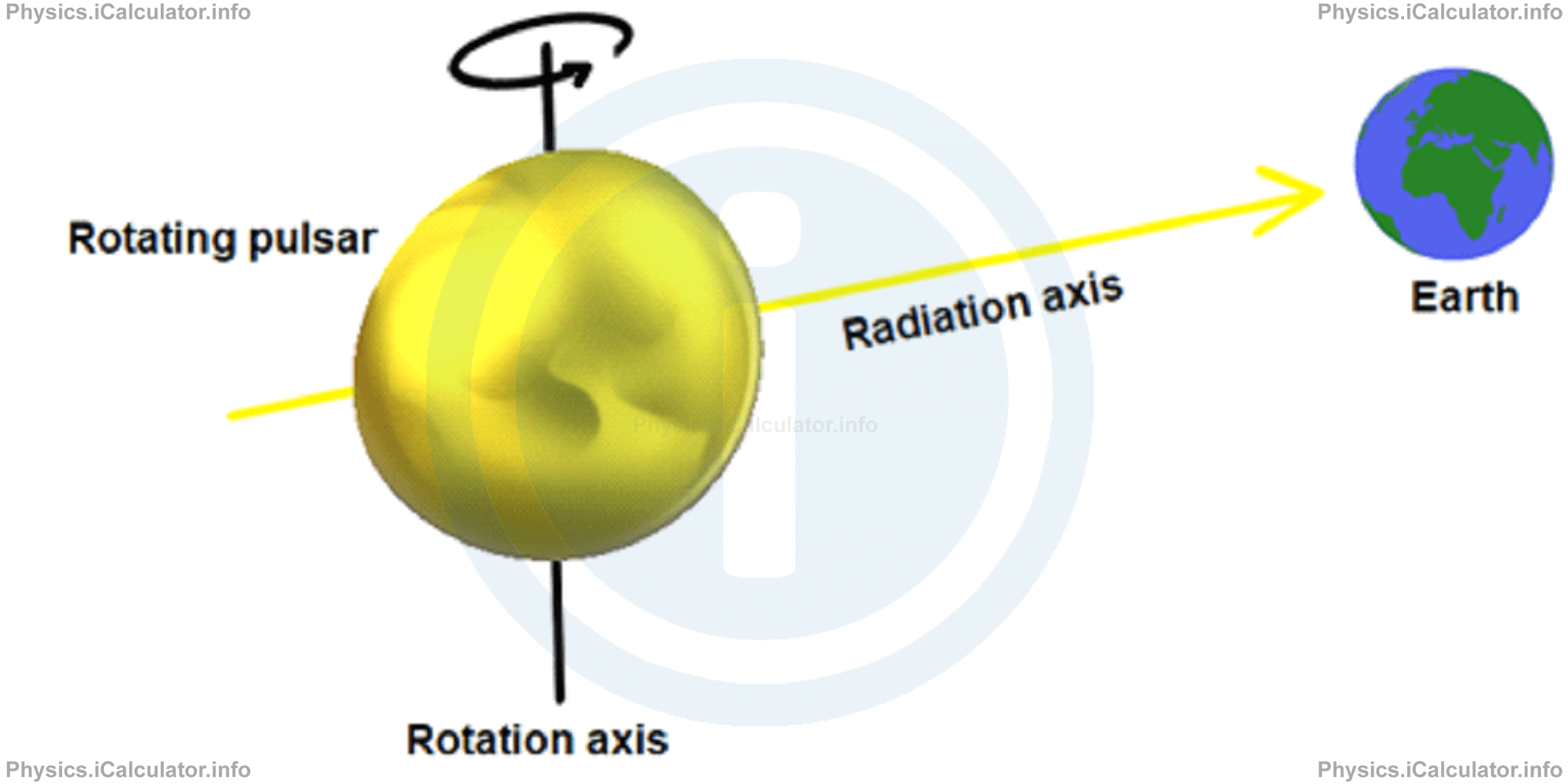Menu
Physics Lesson 22.5.2 - Evolution of Stars that are larger than the Sun
Please provide a rating, it takes seconds and helps us to keep this resource free for all to use
Welcome to our Physics lesson on Evolution of Stars that are larger than the Sun, this is the second lesson of our suite of physics lessons covering the topic of Evolution of Stars, you can find links to the other lessons within this tutorial and access additional physics learning resources below this lesson.
Evolution of Stars that are larger than the Sun
For stars that are more than 10 times heavier (and bigger) than the Sun, the first two stages are similar to those of the Sun. The evolution process starts to differ at the red supergiant stage. At this stage, all helium resources are exhausted and as a result, the gravitational pressure has no more opponents and as a consequence, gravitational collapse starts again. Let's discuss this situation in more detail.
Red supergiant stage
Due to the large mass, pressure in the stars core increases too much and as a result, the temperature at this region may reach 500 million Kelvin degree. The conditions for thermonuclear fusion reactions of carbon and oxygen in order to form heavier elements are ideal. The energy produced is so large that the light flux of these stars is thousands of times higher than the Sun flux. The result is that a red supergiant is formed.
There are various stages of thermonuclear reaction and these depend on the mass of the specific star. The heaviest stars have the possibility to burn heavier chemical elements but not heavier than iron. This is because iron is the most stable element in nature; fusion reactions cannot produce heavier elements than iron.
Neutron star stage
After consuming all reserves of nuclear reactions of fusion, the star will, once again, experience the process of gravitational collapse, which now becomes even more intense. When compressing, the stars core may reach very high densities up to thousand billion times the density of water. Electronic pressure cannot overcome the high gravitational pressure. As a result, protons in the nuclei catch the electrons around them and turn into neutrons. In this way, the star core becomes a neutron star that is a star made only of neutrons. Pressure exerted by neutrons is much higher than that of electrons in white dwarfs, so it can bear the star's weight. When the core of the shrinking star turns into a neutron star, its outer layers moving towards the centre, collide with the strong core and turn back at very high energy. This collision represents a supernova. It is accompanied with a powerful explosion that is easily observable in the sky. If the star experiencing this event was previously invisible from Earth, it now becomes luminous. The intense brightness lasts for several days or even months. The amount of illumination a supernova produces is comparable to that of millions of stars combined together, as seen in the photo below.

After the explosion, only the neutron star remains at the centre and it is surrounded by the cloud of matter that is leaving the star. We call this cloud "planetary nebula". As explained earlier, it is made up by outer layers the star ejects during explosions.
Neutron stars rotate at very high speeds around their own axis. During this rotation, they radiate EM waves in a specific direction, which in many cases does not fit the axis of rotation. As a result, when radiation emitted by a neutron star reaches Earth, it comes in regular intervals determined by its period of rotation. In this instance, we are observing a pulsar star (or simply pulsar). Look at the figure.

The mass of neutron stars may reach three solar masses. However, this mass in concentrated in a very small volume, in a sphere of radii equal to a few kilometres. This is because there are more empty space between neutrons; the density of neutron stars is equal to that of atomic nuclei, i.e. about 1021 kg/m3. Like white dwarfs, neutron stars do not produce energy. They are not eligible to be part of H-R diagram, hence we cannot see them appear there. They are observable only through the pulses they emit.
Black Holes
When the core of a collapsing star is heavier than three solar masses, the pressure produced by neutrons cannot withstand to gravitational force that "guzzles" everything around it. Nothing is able to resist such a high-energy elan. In this way, a spatial black hole is created. Black holes have triple the mass of the Sun and radius not more than a few kilometres. Only at the cente of galaxies may black holes of greater dimensions (millions of km) occur and obviously have much heavier (millions of one solar mass). There are also some black holes of very small dimensions and very high densities as well.
A black hole does not radiate EM waves; it only absorbs, everything from matter to radiation. Scientists can identify them only by the effects (mainly of gravitational nature) they cause in the surrounding space.
Recalling the Planetary Nebulae
In the current (but also in the previous) tutorial, we described planetary nebulae as large gas clouds, once parts of a star that are moving away from its core. This process may occur during three stages: red giant, white dwarf and neutron star. When moving in the interstellar space, planetary nebulae provide it with elements such as hydrogen, helium and other chemical elements once contained in the parent star. We can compare a star with a factory that produces heavy chemical elements by processing hydrogen and helium as raw material.
We explained that chemical elements lighter than iron (including it) are formed through thermonuclear fusion reactions. But we have not explained yet how heavier elements are produced. The answer is: they are still produced in stars but through more complicated processes than thermonuclear fusion. Hence, planetary nebulae are the distributors of stellar output throughout the rest of the Universe.
Example 2
The Cancer Nebulae is made of the outer layer of a neutron star ejected during a supernova explosion in 1054 AD. People could see the brightness of this supernova in the sky for three weeks, even during the day when the Sun was present. If the moving speed of material ejected from the parent neutron star was 1500 km/s, calculate the diameter of the nebula at the end of the explosion process.
Solution 2
Clues:
t = 3 w = 3 w × 7 d/w × 24 h/d × 60 min/h × 60 s/min = 1 814 400 s
d = ?
The diameter d of nebula at the given time is double its radius r, which on the other hand represents the distance travelled by the nebula during the 3-week period, assuming that this nebula has a spherical shape where the neutron star is located at centre. Thus, we have
= 2 ∙ v ∙ t
= 2 ∙ 1500 km/s ∙ 1 814 400 s
= 5 443 200 000 km
You have reached the end of Physics lesson 22.5.2 Evolution of Stars that are larger than the Sun. There are 2 lessons in this physics tutorial covering Evolution of Stars, you can access all the lessons from this tutorial below.
More Evolution of Stars Lessons and Learning Resources
Whats next?
Enjoy the "Evolution of Stars that are larger than the Sun" physics lesson? People who liked the "Evolution of Stars lesson found the following resources useful:
- Larger Than Sun Feedback. Helps other - Leave a rating for this larger than sun (see below)
- Cosmology Physics tutorial: Evolution of Stars. Read the Evolution of Stars physics tutorial and build your physics knowledge of Cosmology
- Cosmology Revision Notes: Evolution of Stars. Print the notes so you can revise the key points covered in the physics tutorial for Evolution of Stars
- Cosmology Practice Questions: Evolution of Stars. Test and improve your knowledge of Evolution of Stars with example questins and answers
- Check your calculations for Cosmology questions with our excellent Cosmology calculators which contain full equations and calculations clearly displayed line by line. See the Cosmology Calculators by iCalculator™ below.
- Continuing learning cosmology - read our next physics tutorial: Galaxies and Hierarchic Structures in the Universe
Help others Learning Physics just like you
Please provide a rating, it takes seconds and helps us to keep this resource free for all to use
We hope you found this Physics lesson "Evolution of Stars" useful. If you did it would be great if you could spare the time to rate this physics lesson (simply click on the number of stars that match your assessment of this physics learning aide) and/or share on social media, this helps us identify popular tutorials and calculators and expand our free learning resources to support our users around the world have free access to expand their knowledge of physics and other disciplines.